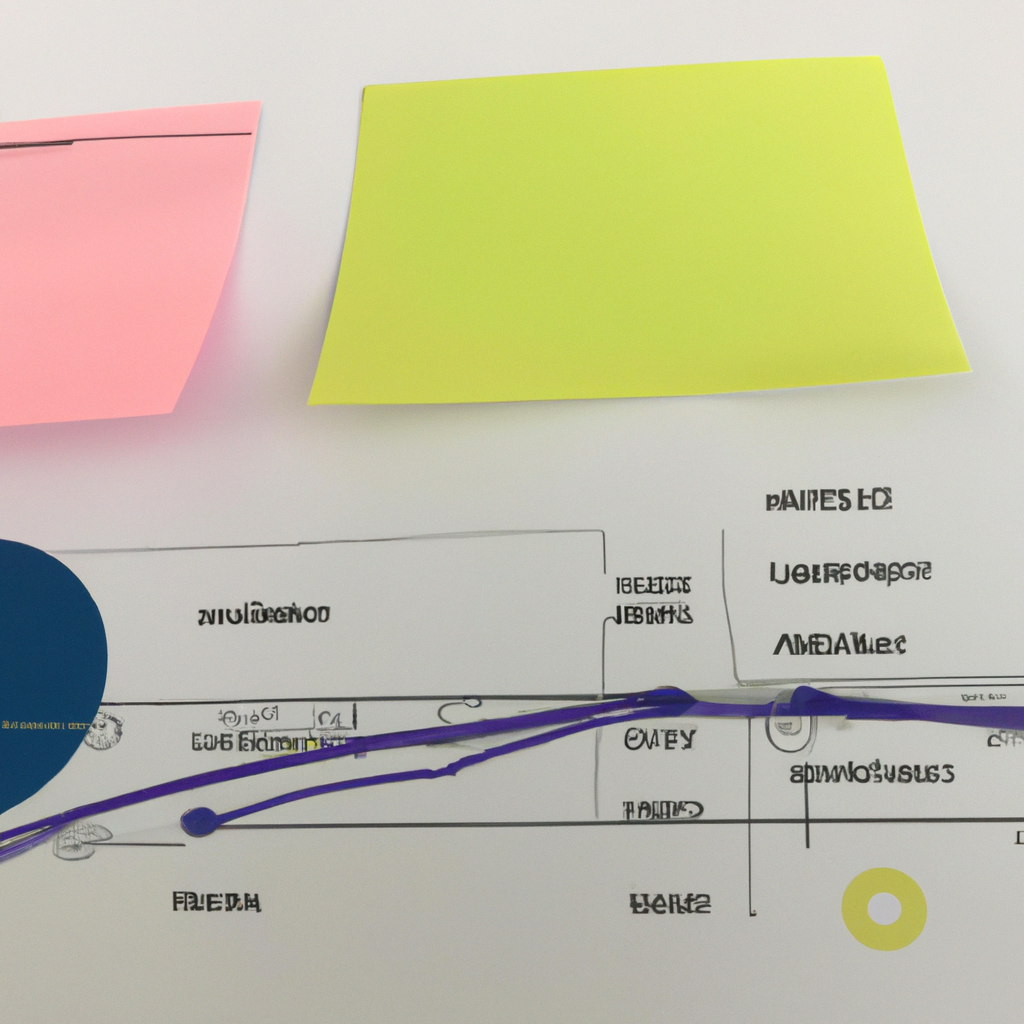Identifying Common Chart Patterns
Introduction
Chart patterns are visual representations of historical price movements in the financial markets. By identifying these patterns, traders can make more informed decisions about when to enter or exit a trade. In this article, we will discuss some of the most common chart patterns and how to recognize them.
Head and Shoulders
One of the most recognizable chart patterns is the head and shoulders pattern. This pattern consists of three peaks – a higher peak in the middle (the head) and two lower peaks on either side (the shoulders). The neckline is formed by connecting the lows between the peaks. A break below the neckline is considered a bearish signal, while a break above the neckline is considered a bullish signal.
Double Top/Bottom
The double top pattern occurs when the price reaches a high, pulls back, rallies to a similar high, and then falls again. This creates a “M” shape on the chart. The double bottom pattern is the opposite, with a “W” shape forming at the bottom of a downtrend. A break below the neckline in a double top pattern is bearish, while a break above the neckline in a double bottom pattern is bullish.
Triangles
Triangles are continuation patterns that can be either bullish or bearish. There are three main types of triangles – ascending, descending, and symmetrical. Ascending triangles have a flat top and a rising bottom, while descending triangles have a flat bottom and a falling top. Symmetrical triangles have converging trendlines. A breakout above the upper trendline is bullish, while a breakout below the lower trendline is bearish.
Cup and Handle
The cup and handle pattern is a bullish continuation pattern that resembles a tea cup with a handle. The cup is formed by a rounded bottom, followed by a consolidation period forming the handle. A breakout above the handle is considered a buy signal.
Conclusion
Identifying common chart patterns can help traders anticipate potential price movements and make more informed trading decisions. By recognizing these patterns and understanding their implications, traders can improve their chances of success in the financial markets. It is important to remember that chart patterns are not foolproof and should be used in conjunction with other technical analysis tools for a more comprehensive trading strategy.


